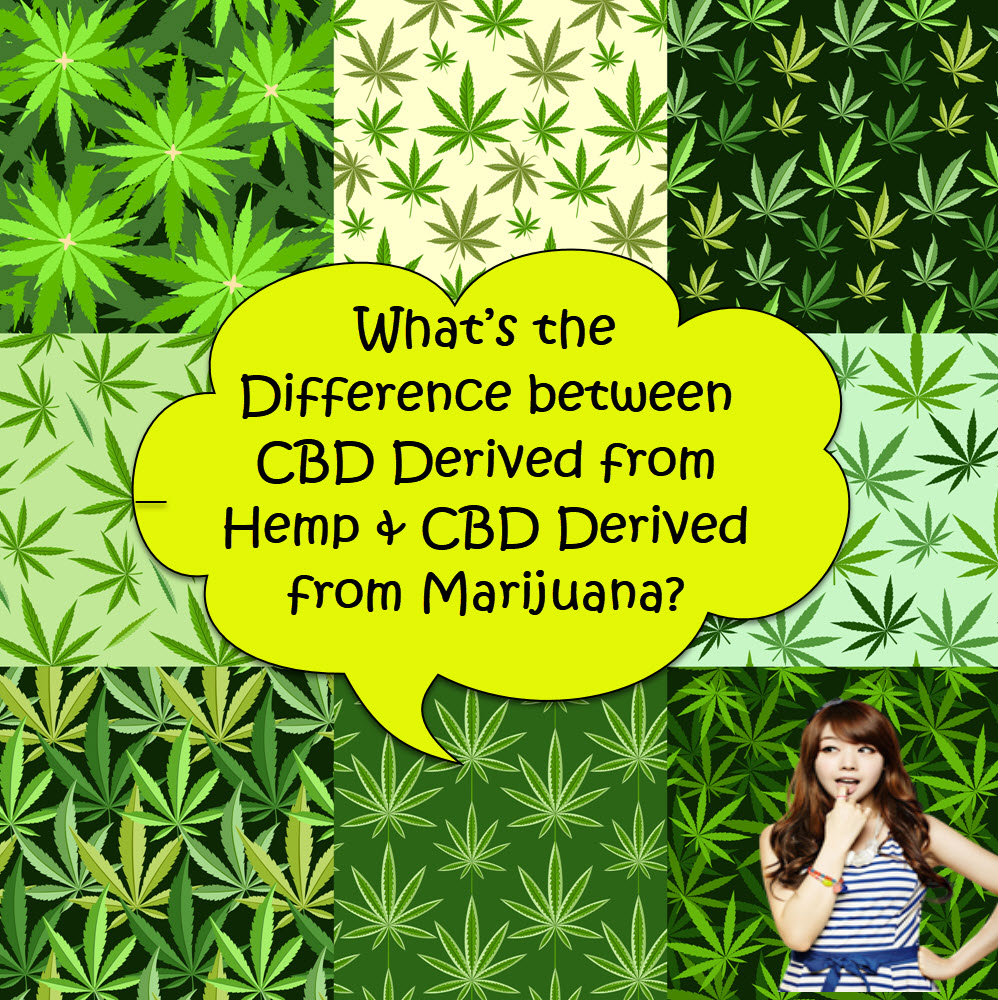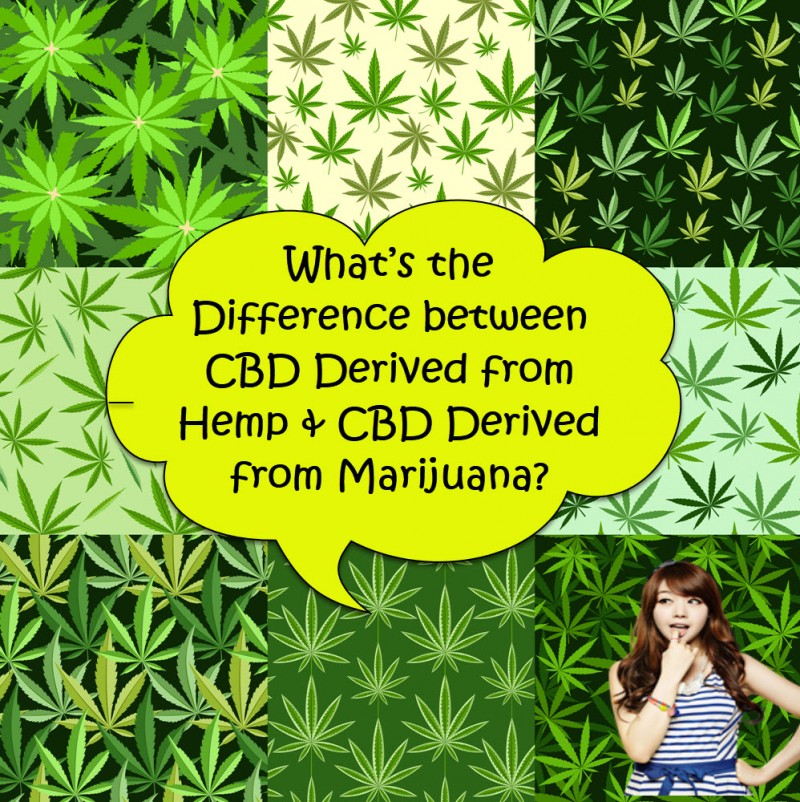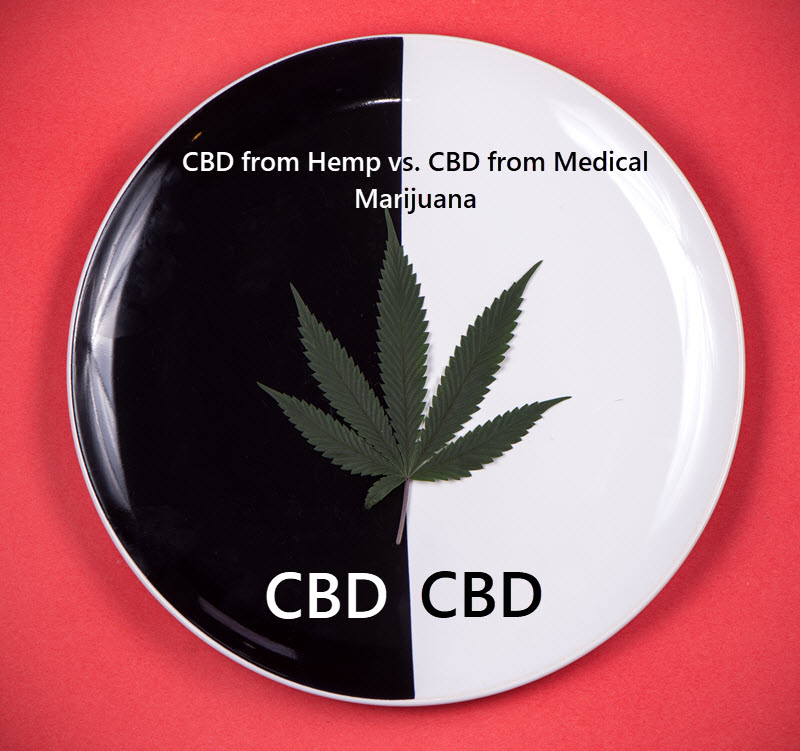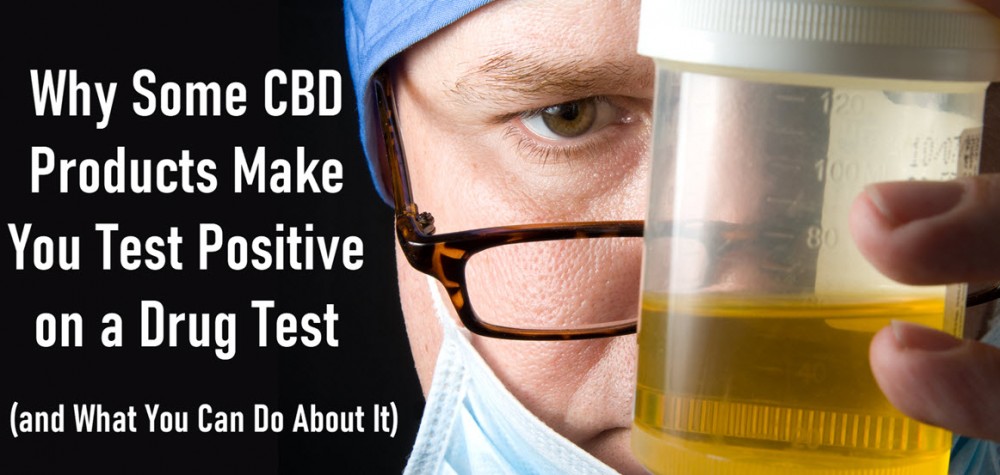What’s the Difference between CBD Derived from Hemp & CBD Derived from Marijuana?

Ever since the 2018 Farm Bill was passed in December last year, CBD products have taken the market by storm, showing up in pharmacies, groceries, and health stores across the nation. But due to its quick rise in popularity, confusion about CBD, its benefits, and the difference between CBD derived from hemp and CBD derived from marijuana abound. One of the common misconceptions is that CBD derived from marijuana is superior to hemp-derived CBD. This isn’t the case. In this article, we hope to shed some light on the difference between the two and debunk some common myths.
What they share
Before delving into the differences, here are some of the traits the two share:
- Hemp and marijuana are both versions of the Cannabis Sativa L. plant.
- Both are sources of CBD. Although they contain different concentrations of Cannabidiol, when extracted, the differences are negligible. CBD from hemp and marijuana are identical on a molecular level.
Hemp vs. Marijuana
Now, their differences:
Hemp
- Federally legal, must contain 0.3 percent THC or less. Due to the lower concentration of THC, it is not intoxicating.
- Hemp seeds and stalks are used to create textiles, paper, industrial products, building materials, foods, and body care products, among an ever-growing list.
- Hemp plants tend to grow skinny and tall, with minimal foliage and are aesthetically similar to bamboo.
- Male and female hemp plants are grown together to foster wind pollination and seed pollination.
- Typically grown outdoors for maximum height and yield, hemp plants do not require meticulous attention to detail such as proper lighting, temperature, or humidity, and are able to grow in a variety of climates.
- Has a higher concentration of CBD compared to marijuana.
Marijuana
- Classified as a Schedule I drug by federal law.
- Contains 0.3 percent THC or more; some strains may even have more than 30 percent. Will cause intoxication.
- Grown for its flowers, which contain high levels of THC, and is used for medicinal or recreational purposes.
- Plants tend to appear bushy and possess typically large and fuller foliage.
- Male plants are removed to prevent female plants from being fertilized, which lowers the concentration of THC.
- Grown in carefully monitored conditions, where attention to lighting, humidity and temperature are all supervised and controlled.
- Has a higher concentration of THC.
Apart from the differences between hemp and marijuana in terms of cultivation and concentration of cannabinoids, the main thing that sets the two apart is legality. CBD derived from marijuana is illegal federally, even if the product contains 0 percent THC. For this reason, hemp-derived CBD products offer a legal and, thereby, more accessible alternative to those seeking the benefits of CBD.
In addition, CBD derived from hemp contains no more than trace amounts of THC, thus making it safe for anybody to consume, especially those who want to avoid intoxication, such as patients using it to treat medical conditions like epilepsy, including children.
Misconceptions
The term ‘industrial hemp’ is often used to describe commercial hemp. This carries negative connotations that industrial hemp is somehow ‘dirty’ or mass-produced. In fact, due to hemp’s legal status, certifications involving growing methods can be more monitored and third party organic certification can be applied. There are no systems of certification for marijuana just yet due to its federal status.
Another myth being perpetuated is the idea that hemp is a bioaccumulator, so hemp-derived CBD contains toxins from the soil the hemp was grown on. Hemp is a bioaccumulator, but so is marijuana. Testing done on marijuana products from LA-based dispensaries found that 90 percent contained higher than normal contaminants. At the end of the day, it really all boils down to growing conditions and environmental inputs.
Some experts believe that the advantage of CBD derived from marijuana is its higher concentration of a wider range of cannabinoids and terpenes, which lead to users benefiting from an enhanced entourage effect. However, hemp also contains terpenes and other cannabinoids. Though come in smaller amounts compared to marijuana, when extracted as oil, they are the same.
Tips when buying
It’s also easy to mix up CBD products from ones that are only trying to ride the coattails of CBD’s hype. Hemp seed oil is different from hemp-derived CBD oil. The former is made from pressing hemp’s seeds to create an oil that’s beneficial for a variety of uses, but does not contain CBD. While the other is the real deal. When looking for hemp-derived CBD, make sure it lists CBD, Cannabidiol, or phytocannabinoid-rich hemp as one of its ingredients.
To guarantee you’re getting what you paid for, look for third-party tested CBD products. According to an investigation by Leafly, which tested 47 products, they found that almost 50 percent of the products did not come within 20 percent of the dosage labeled on the product.
CBD FROM MARIJUANA OR HEMP, WHICH ONE, READ MORE..
WHICH IS BETTER, CBD FROM HEMP OR CBD FROM MARIJUANA?







